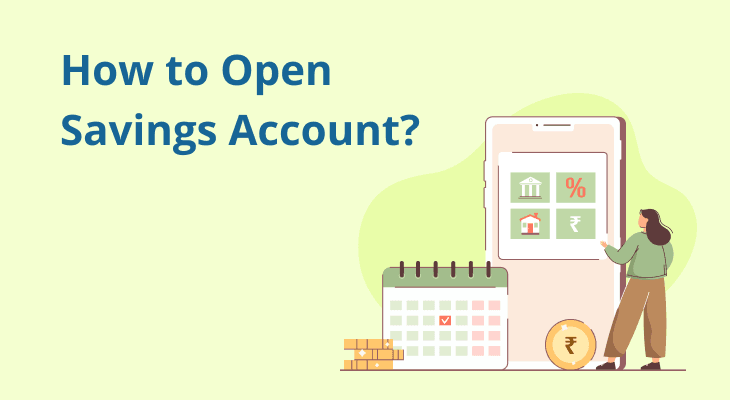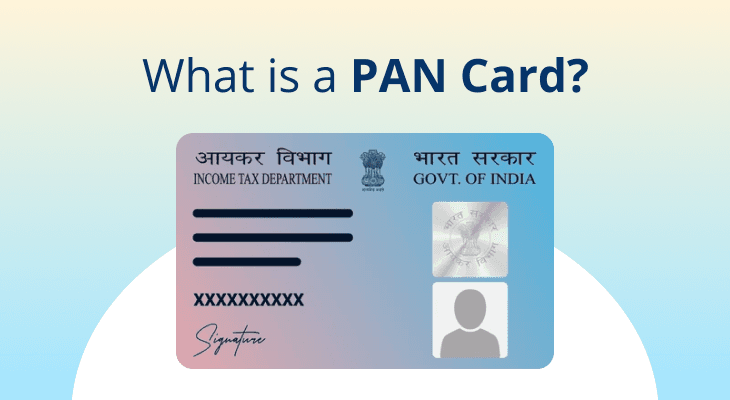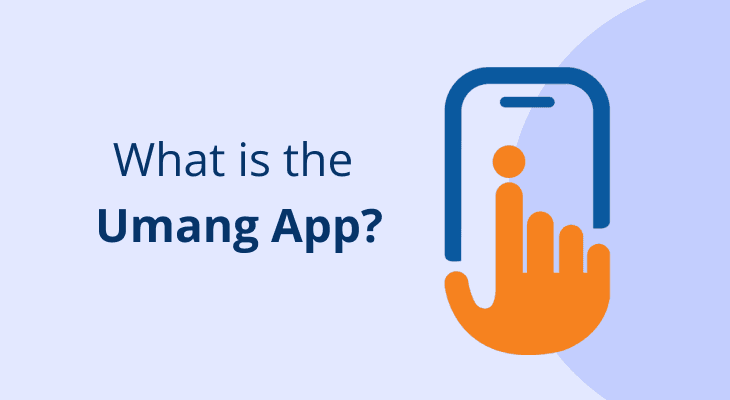
How to Open a Savings Account - Your Step-by-Step Guide to Smart Banking
Whether you're starting your first job or finally organising your finances, a savings account is the foundation of your financial journey. It helps you securely store your money, earn interest, and access funds easily. But how do you get started?
In today’s fast-paced digital age, having a savings account is not just about safekeeping your money — it’s about unlocking smarter financial habits and future opportunities. Whether you're a young professional starting your career, an entrepreneur building your dream, or a business-class individual managing multiple revenue streams, opening a savings account is your first step towards structured financial planning. With both online and offline options available, saving account opening is now more seamless, secure, and tailored to your lifestyle than ever before.
Let’s break it down and help you confidently take the first step toward financial empowerment.
Understanding Savings Accounts
A Savings account is a deposit account provided by banks that allows you to safely store your money while earning interest on the balance. It offers liquidity, safety, and access to digital banking tools. You can use it for everyday transactions like bill payments, fund transfers, and ATM withdrawals. It also allows easy withdrawal of cash whenever needed and often serves as a linked account to manage fixed deposits and other investment products.
Why should you open a savings account?
- To securely park your emergency fund
- To track income and expenses digitally
- To access debit card and mobile banking services
- To build a credit history
- To earn interest on idle money
Savings accounts are ideal for salaried professionals, freelancers, entrepreneurs, business class individuals, and even students starting their financial journey.
Steps to Open a Savings Account
Here’s a simple breakdown of how to open a savings account, whether online or offline:
Step 1: Verify Mobile Number and Email ID
Step 2: Verify PAN and Aadhaar
Step 3: Fill in Basic Details
Step 4: Complete Video KYC (if online)
Step 5: Account Ready
How to Open a Savings Account Online
Want to skip the branch queues? Here’s how to open a savings account online from your smartphone or laptop:
Steps:
- Visit the bank’s official website or mobile app
- Select ‘Open Savings Account’ option
- Enter basic details – name, address, email, mobile number
- Upload PAN and Aadhaar details (ensure they're linked)
- Complete Video KYC via a secure call with a bank agent
- Get instant account activation
Tip:
Ensure your mobile number is linked to your Aadhaar for smooth verification.
This digital method is ideal for tech-savvy individuals who want convenience and quick access without paperwork or long waits.
How to Open a Savings Account Offline
Prefer the traditional way? You can also open a savings account by visiting a nearby bank branch.
Steps:
- Visit the branch with required documents
- Fill the account opening form
- Submit self-attested photocopies of KYC documents
- Provide passport-size photographs
- Deposit the initial amount (if required)
- Account gets activated in 1–2 working days
Example:
Ravi, a 30-year-old small business owner, preferred the offline route to clarify account types and minimum balance requirements face-to-face.
Documents Required to Open a Savings Account
Whether online or offline, here’s what you’ll need:
- Proof of Identity – Aadhaar card, PAN card (mandatory)
- Proof of Address – Utility bill, Aadhaar, Passport
- Passport-sized photographs
- Signature specimen
- Blank white paper and blue/black pen (for online video KYC)
Make sure your PAN and Aadhaar are linked before starting the process.
Conclusion
So, to conclude, opening a savings account is not just about storing money - it’s about building healthy financial habits. With easy saving account opening options available both online and offline, there's no excuse to delay.
Start with the basics, choose a trusted bank, and go digital if convenience is your goal. The process to open a savings account online is secure, paperless, and can be completed in minutes. Ready to take control of your finances? Your savings account awaits.
FAQ
What is the minimum balance required to maintain a savings account?
Minimum balance requirements vary from bank to bank. Some banks offer zero-balance savings accounts, while others may require a minimum average monthly balance (e.g., ₹1,000 to ₹10,000).
Can I open a savings account online?
Yes, most banks now allow you to open a savings account online through a simple digital process involving mobile number verification, PAN & Aadhaar submission, and video KYC.
Is there a limit on the number of withdrawals from a savings account?
Yes, while you can access your money anytime, banks may limit the number of free ATM or branch withdrawals per month. Additional withdrawals may incur charges.
Do I earn interest on my savings account balance?
Yes, banks offer interest on the balance maintained in your savings account. The rate typically ranges from 2.5% to 7%, depending on the bank and account type.
Can I link a fixed deposit to my savings account?
Absolutely. You can link fixed deposits (FDs) to your savings account, allowing automatic transfers when your savings balance drops or to earn higher interest on idle funds.
What documents are required to open a savings account?
You'll typically need your PAN card, Aadhaar card, a passport-sized photo, and proof of address. For online openings, Aadhaar and PAN are usually enough.
Can I have more than one savings account?
Yes, you're allowed to hold multiple savings accounts with the same or different banks. Just make sure to manage and monitor them efficiently.
What is the benefit of a zero-balance savings account?
A zero-balance account does not require you to maintain a minimum balance, making it ideal for students, low-income individuals, or anyone looking for basic banking facilities.
How is the interest on a savings account calculated?
Interest is typically calculated on a daily balance and credited quarterly or monthly, depending on the bank’s policy.
Are savings accounts safe?
Yes, savings accounts in India are regulated by the RBI, and deposits are insured up to ₹5 lakh by the Deposit Insurance and Credit Guarantee Corporation (DICGC).


